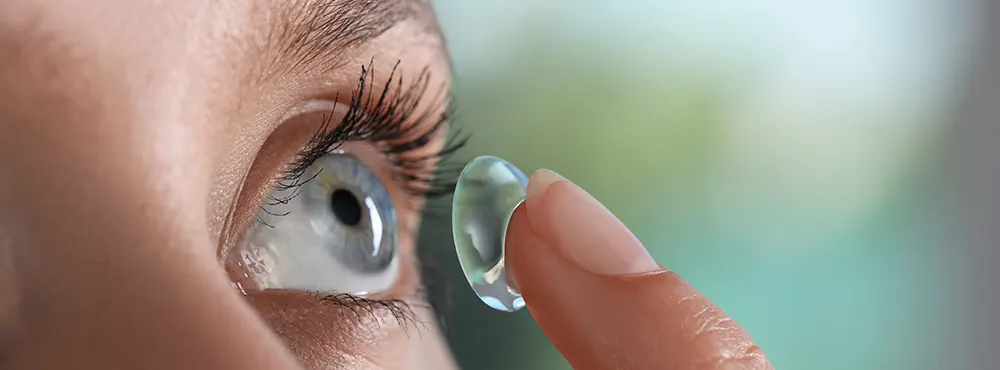
Not until 1987 did homosexuality completely fall out of the DSM.
In the 1950s and 1960s, many therapists offered aversion therapy of the kind featured in A Clockwork Orange to “cure” male homosexuality. This typically involved showing patients pictures of naked men while giving them electric shocks or drugs to make them vomit, and, once they could no longer bear it, showing them pictures of nude women or sending them out on a “date” with a young nurse. Needless to say, these cruel and degrading methods proved entirely ineffective.
First published in 1968, DSM-II (the second edition of the American classification of mental disorders, and a forerunner of DSM-5) still listed homosexuality as a mental disorder. In this, the DSM followed in a long tradition in medicine and psychiatry, which in the nineteenth century appropriated homosexuality from the Church and, in what must have seemed like an élan of enlightenment, promoted it from sin to mental disorder.
In 1973, the American Psychiatric Association (APA) asked all members at its convention to vote on whether they believed homosexuality to be a mental disorder. 5,854 psychiatrists voted to remove homosexuality from the DSM, and 3,810 to retain it.
The APA then compromised, removing homosexuality from the DSM but replacing it, in effect, with ‘sexual orientation disturbance’ for those people ‘in conflict with’ their sexual orientation. Not until 1987 did homosexuality completely fall out of the DSM.
Meanwhile, the World Health Organization only removed homosexuality from its International Classification of Diseases (ICD) with the publication of ICD-10 in 1992, although ICD-10 still carried the construct of ‘ego-dystonic sexual orientation’. In this ‘condition’, the person is not in doubt about his or her sexual preference, however, ‘wishes it were different because of associated psychological and behavioral disorders.’
The evolution of the status of homosexuality in the DSM and ICD highlights that concepts of mental disorder can be rapidly evolving social constructs that change as society changes. Today, the standard of psychotherapy in the U.S. and Europe is gay affirmative psychotherapy, which encourages gay people to accept their sexual orientation.





